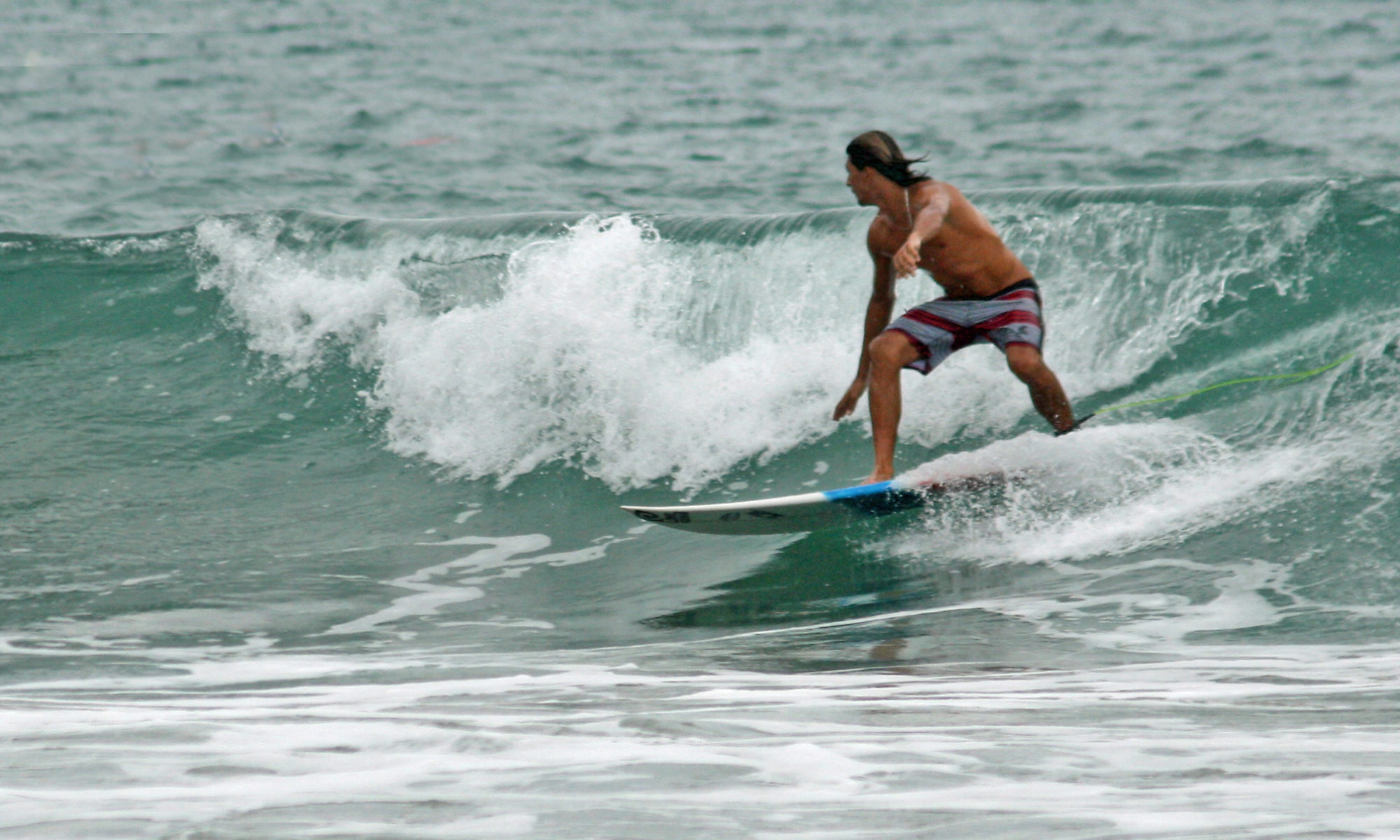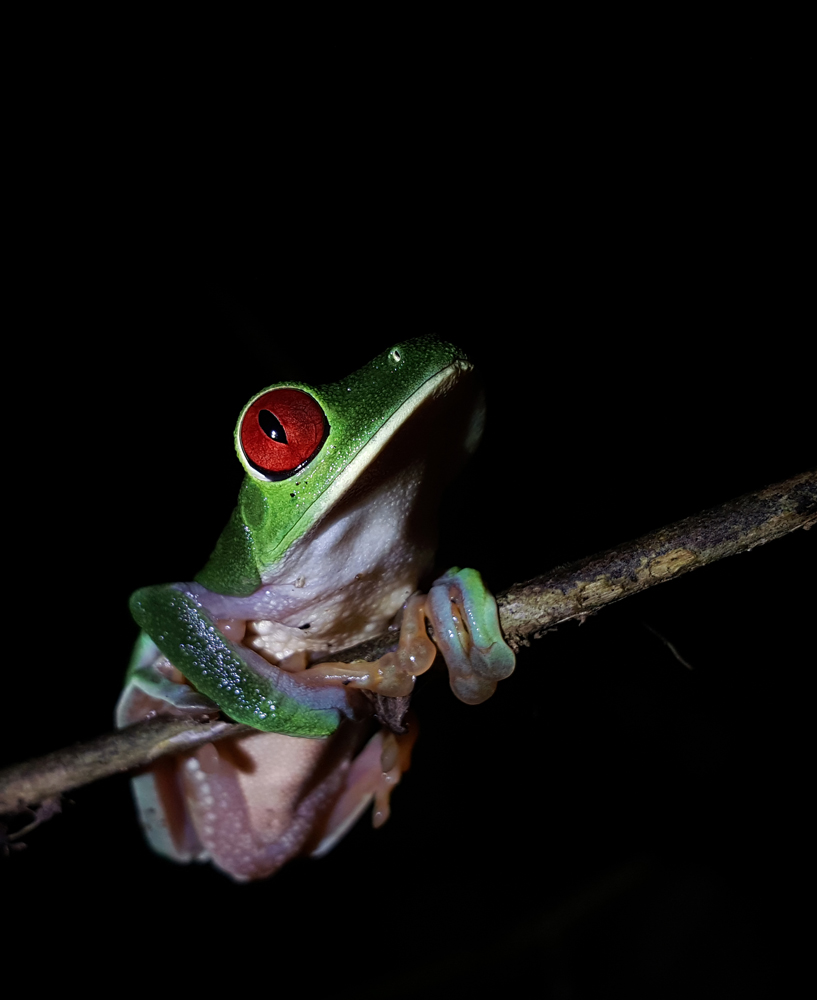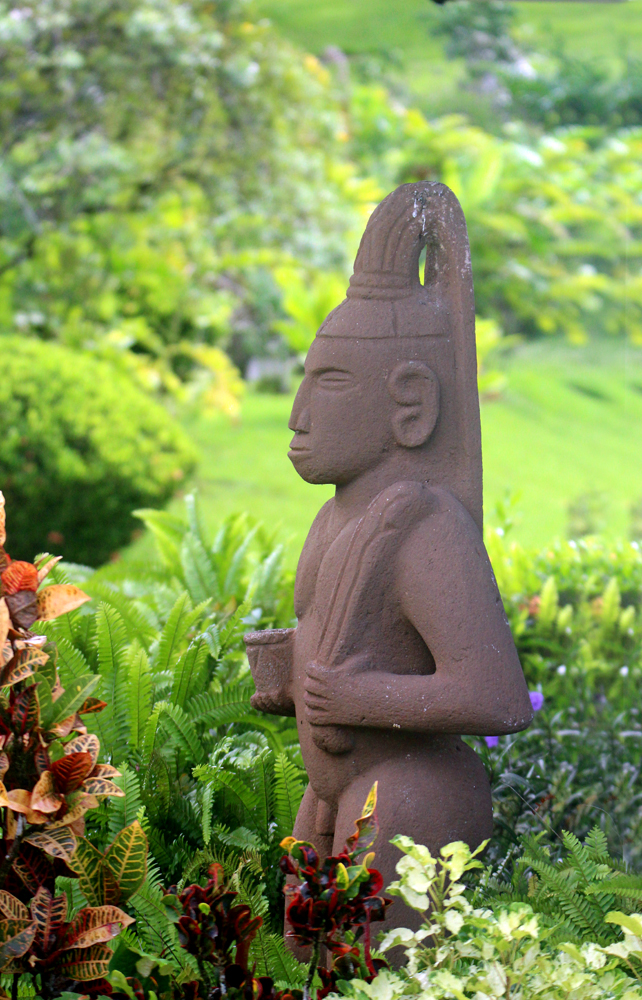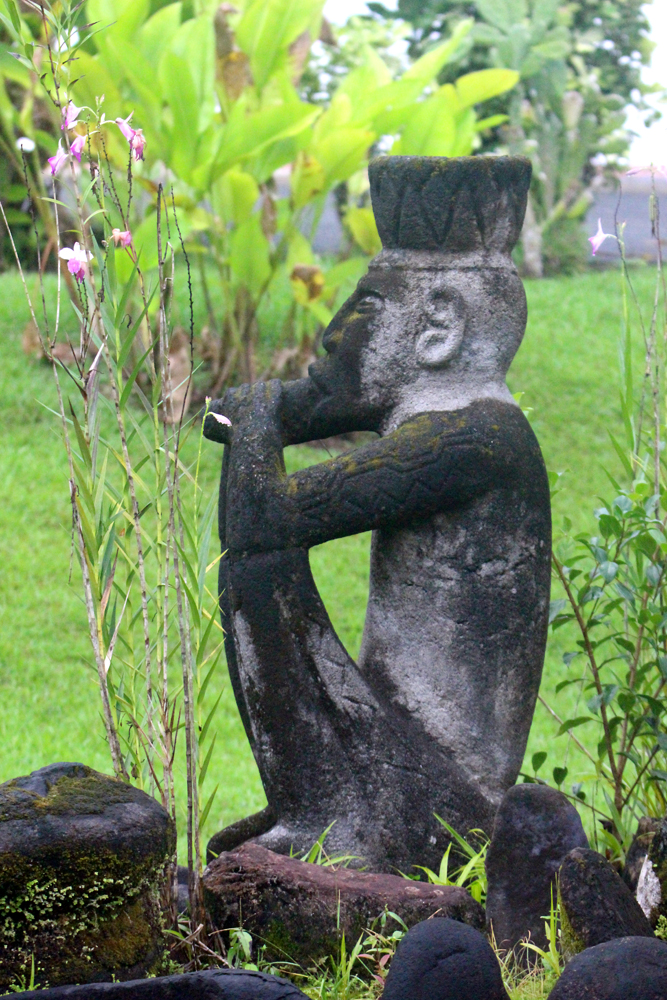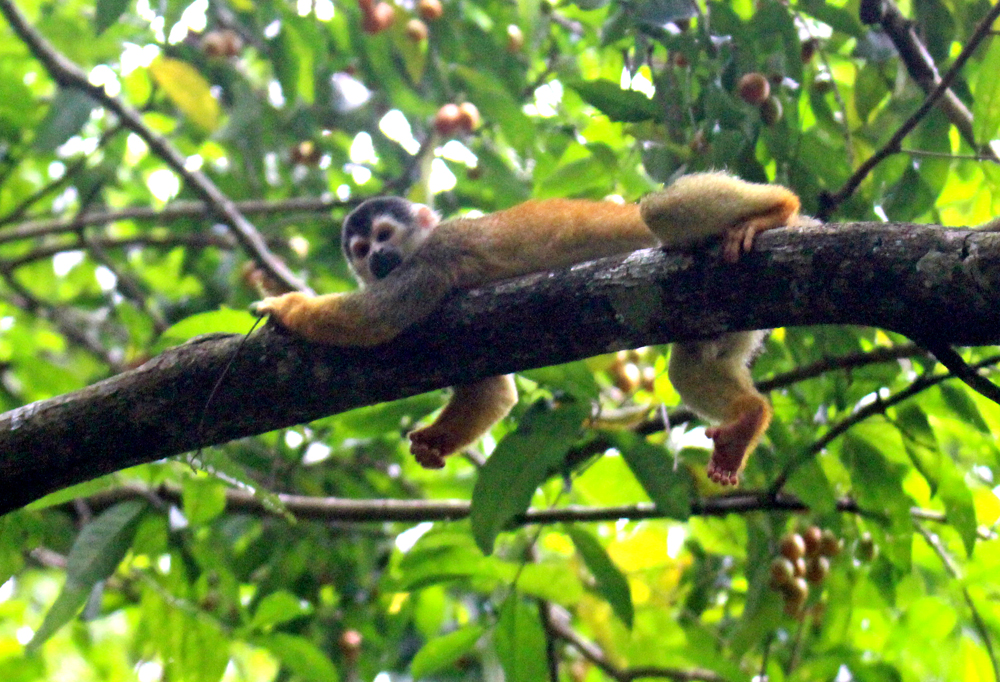
In Sunday’s Tico Times it was announced that Costa Rica’s National Parks located in the less-traveled South Pacific Area will receive the equivalent of $1.7 million USD infrastructure improvements which affects some of my favorite National Parks and Reserves like Marino Ballena, Corcovado, Piedras Blancas, Golfito Wildlife Reserve, and La Amistad International National Parks. I have visited all but La Amistad, the nearly inaccessible wilderness park on both sides of the Costa Rica/Panama border.
This will help tourism in that area and provide basic infrastructure needed with anything from a road or trail to a bathroom. Maybe even make La Amistad accessible to an old man! 🙂 They say this about it: “This protected area is vital for Costa Rica biodiversity and conservation. The rugged terrain and intense jungle make it difficult for tourists to visit. You won’t find convenient amenities there.” I slept 3 nights in the adjacent Bribri Yorkin Indigenous Reserve which is probably as close as I will get to that park.
Below are links to my “Trip Galleries” for parks in this area that are some of my favorites . . .
Continue reading “South Pacific Parks to be Improved”